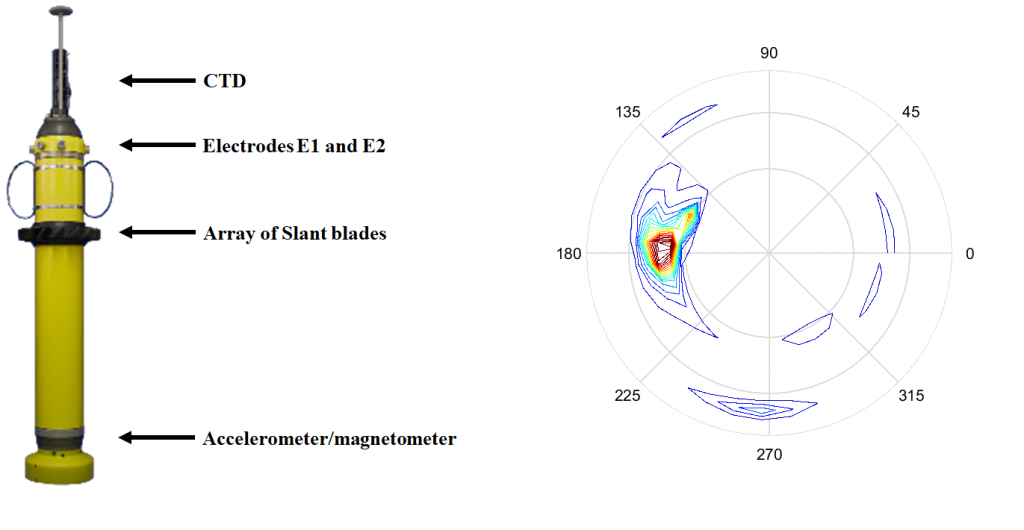Observing Surface Waves in Subsurface Layer
Since the 2000s, Argo floats supported by several countries have been used for monitoring the vertical structure of temperature and salinity in the worldwide ocean widely and regularly. By adjusting the buoyancy, the floats can move vertically and collect data via CTD simultaneously. However, in the short time-scale physical oceanography research, it is critical to have high vertical and temporal resolution measurements. Similar to Argo floats, EM-APEX floats can profile not only temperature and salinity but also electric current induced by seawater motion. The traditional method will then process the measured electric current for deriving the velocity of ocean current.
Dr. Je-Yuan Hsu in IONTU recently published a paper about how to use EM-APEX floats to measure surface waves. Despite surface waves as gravity waves at the air-sea interface, the induced perturbation in the velocity field can extend to a deeper layer and decay exponentially. Though EM-APEX floats can measure surface waves, the signals are often treated as residuals in the traditional data processing method. In the new method, the raw data is reanalyzed for deriving the surface wave directional spectra, which can provide information of dominant waves’ frequency and propagation direction. As the right figure below, in this constitution of the wave field, the westward-propagating surfaces waves whose frequency about 0.08 Hz are dominant. In other words, future studies can profile the temperature, salinity, ocean current velocity, and surface wave properties using EM-APEX floats simultaneously. It will benefit our understanding of the air-sea interaction, especially how atmospheric wind changes the surface waves, and thereby the upper ocean structure.

Hsu, J.-Y., 2021. Observing Surface Wave Directional Spectra under Typhoon Megi (2010) using Subsurface EM-APEX Floats. Journal of Atmospheric and Oceanic Technology, 38, https://doi.org/10.1175/JTECH-D-20-0210.1










